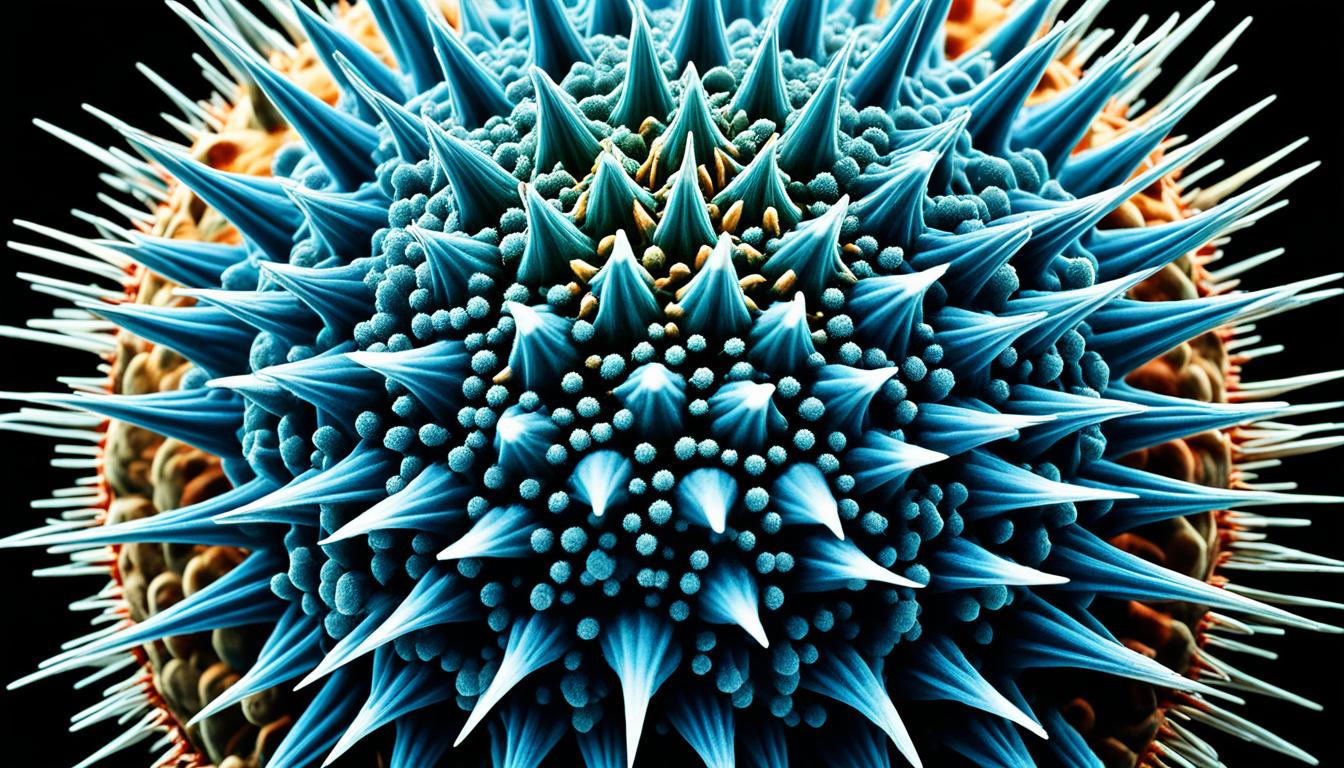Severe acute respiratory syndrome (SARS) comes from the SARS coronavirus (SARS-CoV). It started in 2002 in China’s Guangdong Province. The world took notice because it spread quickly and had a high death rate.
Its symptoms are fever, cough, breathing trouble, and feeling like you can’t get enough air. The main way it spreads is through tiny droplets from an infected person’s breath. So being close to someone with SARS, or even touching things they touched, can also pass the virus.
Spotting SARS early is important to stop it from spreading more. Doctors confirm it with special tests like PCR. Right now, there’s no specific medicine for SARS. Patients get support to deal with their symptoms.
Stem cell therapy might change how we treat SARS, though. Researchers are excited about using mesenchymal stem cells (MSCs) to fight the illness. These stem cells have already helped with other breathing problems by reducing swelling and helping tissues heal. So, they’re looking into whether MSCs can work against SARS, too.
Key Takeaways:
- SARS is an emerging infectious disease caused by the SARS coronavirus (SARS-CoV).
- Symptoms of SARS include fever, cough, shortness of breath, and respiratory distress.
- SARS is primarily transmitted through respiratory droplets and close contact with infected individuals.
- Early diagnosis of SARS is crucial for intervention and prevention of further spread.
- Stem cell therapy, specifically using mesenchymal stem cells (MSCs), is being explored as a potential treatment for SARS.
Modes of Transmission and Prevention Strategies for SARS
SARS is a disease caused by a virus, the SARS coronavirus. It spreads in several ways. Knowing how it spreads helps us stop an outbreak by using the right prevention methods.
Transmission through Respiratory Droplets
SARS mainly spreads when someone coughs or sneezes. The virus can be in these tiny droplets. If you breathe them in or touch a surface they land on, you might get sick.
Close Contact Transmission
If you care for or live with someone infected, you could catch SARS. Direct contact with their fluids or just being near them raises your risk. Always be careful around those with SARS.
Prevention Strategies
Stopping SARS means being very careful with preventive steps:
- Practice good respiratory hygiene: Use a tissue or your elbow to cover coughs and sneezes. Throw away tissues after use and wash hands right after.
- Regular handwashing: Clean your hands often with soap for at least 20 seconds. Hand sanitizer is also good if soap is not available.
- Wear a face mask: Masks help protect you in busy places from breathing in virus particles.
- Isolate infected individuals: Keep those with SARS away from others to stop spreading the virus. Quarantine close contacts to watch for symptoms.
- Implement travel restrictions and screening: In outbreaks, limits on travel and checks on people’s health help stop the virus from spreading further.
These actions and spreading the word about them are key to halting SARS transmission and preventing big outbreaks.
Stem Cell Therapy for SARS Treatment
Scientists are looking into stem cell therapy as a way to fight SARS. They’re studying how mesenchymal stem cells (MSCs) might help with this respiratory disease.
MSCs are special because they can help our bodies in many ways. They can adjust our immune response to lower inflammation and help heal our tissues. Tests on animals show that MSCs might better lung function and lower lung inflammation in SARS.
Doctors have tried MSC therapy in real SARS patients to see if it works. The results are positive so far. MSC treatment has led to better patient outcomes, lower death rates, and quicker recovery.
Scientists can get MSCs from a few places, like bone marrow, umbilical cord blood, or fat tissue. But, we still need more studies. We need to find the best way to use this therapy for treating SARS.

